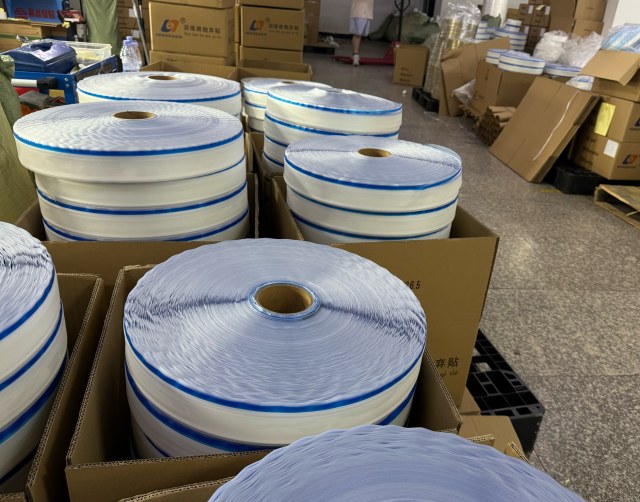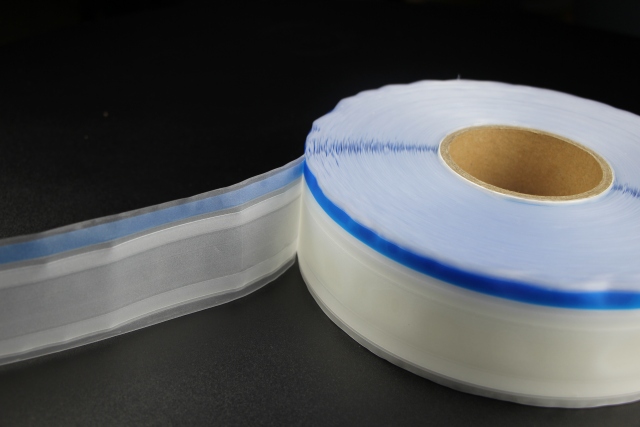Author:Hengdaxin Diaper Material SupplierFROM:Diaper Materials Manufacturer TIME:2024-07-25
The Evolution of Knitted Frontal Tape for Baby Diapers
In the realm of baby care products, the evolution of knitted frontal tape for baby diapers has been a pivotal advancement. From simple closures to sophisticated designs, these tapes have undergone significant changes to enhance comfort, functionality, and overall effectiveness. This article explores the journey of knitted frontal tapes, tracing their development from early innovations to modern solutions that cater to the needs of both infants and caregivers.

Initially, baby diapers relied on basic adhesive tapes or pins to secure them. These methods, while functional, often lacked the flexibility and ease of use that modern parents expect. The introduction of knitted frontal tapes marked a significant improvement in diaper closure systems.
Knitted frontal tapes entered the market as a response to the demand for more secure and comfortable diaper closures. Unlike traditional tapes, which could sometimes cause discomfort or irritation, knitted tapes offered a softer and more adjustable solution.
One of the key advantages of knitted frontal tapes is their ability to stretch and conform to the baby's movements. This elasticity ensures a snug fit without restricting the baby's mobility, allowing for greater comfort and fewer leaks.
Over time, manufacturers have refined the design of knitted frontal tapes to enhance their performance. Innovations in materials have led to tapes that are not only stretchable but also breathable and gentle on the baby's delicate skin.
With growing concerns about environmental impact, there has been a shift towards using eco-friendly materials in knitted frontal tapes. Manufacturers are increasingly opting for sustainable fibers and biodegradable options to reduce their carbon footprint.

Technological advancements have played a crucial role in the evolution of knitted frontal tapes. Automated manufacturing processes ensure consistency and precision, while innovative designs cater to the diverse needs of global markets.

Consumer feedback has been instrumental in shaping the development of knitted frontal tapes. Insights from caregivers and parents have led to improvements in usability, durability, and overall performance, driving market trends towards more user-centric designs.
The future of knitted frontal tapes looks promising with ongoing research into advanced materials, enhanced biodegradability, and further customization options. Innovations such as smart closures and integrated sensors may redefine the role of these tapes in infant care.
In conclusion, the evolution of knitted frontal tapes for baby diapers underscores a commitment to improving comfort, functionality, and sustainability in infant care products. From humble beginnings to cutting-edge innovations, these tapes continue to play a crucial role in enhancing the well-being of babies and simplifying the lives of parents worldwide.